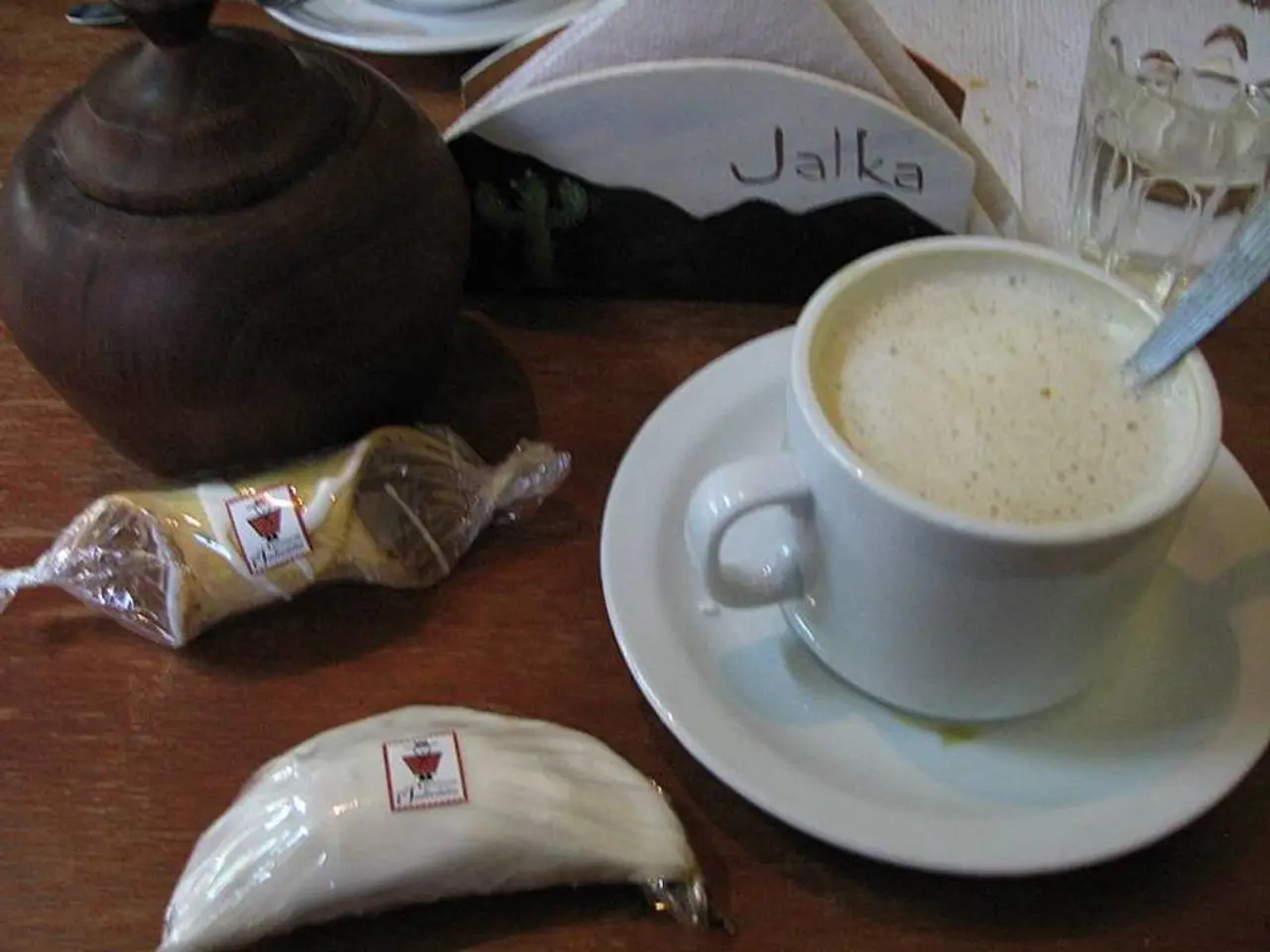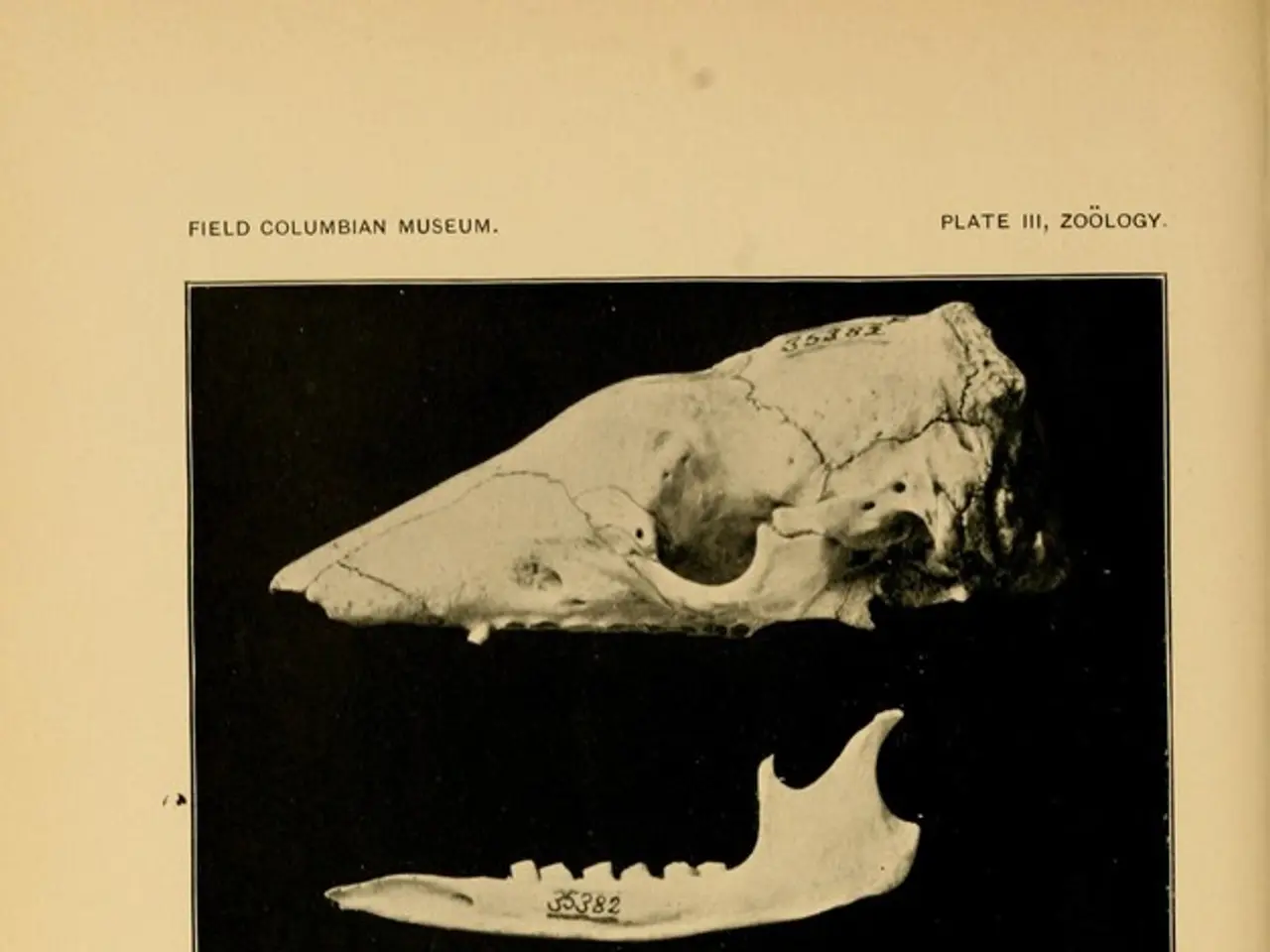Breast reconstruction using DIEP flap technique: Details on the procedure and post-surgery recovery
In the realm of breast reconstruction following a mastectomy, the DIEP flap procedure stands out as a popular and effective option. This technique, which uses the patient's own abdominal skin and fat, offers several significant advantages over traditional methods like implants or older flap techniques such as the TRAM flap.
One of the primary benefits of DIEP flap reconstruction is the natural look and feel it provides. By utilising autologous tissue, the resulting breasts are softer and more akin to the original, making them more aesthetically pleasing for many patients. This is in contrast to implant-based reconstructions, which can sometimes appear unnatural.
Another key advantage is the absence of implants and foreign material. This eliminates complications related to implants, such as rupture, capsular contracture (breast hardening), or the need for future replacement surgeries.
Moreover, DIEP flap preserves the abdominal muscles, leading to less postoperative pain, faster recovery, and better retention of core strength. This is a significant advantage over the TRAM flap, which sacrifices a portion of the abdominal muscles.
The procedure also reduces donor site complications since muscle is preserved, and the abdominal donor site heals better with fewer complications compared to muscle-sacrificing procedures. Additionally, there are advances allowing some restoration of sensation to the reconstructed breast tissue, which is not typically possible with implant reconstruction.
Modern protocols enable manageable postoperative pain often without heavy narcotics, making recovery more comfortable than anticipated for many patients. However, it's important to note that DIEP flap surgery is longer and more complex, requiring microsurgical expertise and longer hospital stays.
Despite its benefits, the DIEP flap procedure is not without its complications and limitations. The success of the surgery depends on the deep inferior epigastric artery and its perforators, and prior abdominal surgeries, trauma, inflammatory conditions, or scarring can compromise these vessels, potentially causing flap failure or complications.
Risks at the donor site also exist, especially in patients over 65, those with obesity, or other risk factors. Furthermore, people with significant abdominal scarring, inadequate blood vessels, or certain medical conditions may not be candidates for DIEP flap reconstruction.
After the surgery, a person will typically have three to four surgical drains in place, which can help prevent tissue from becoming swollen and usually stay in the body for 1-2 weeks. Recovery times are shorter compared to the TRAM flap procedure, and there's a lower risk of a hernia after surgery.
In summary, DIEP flap reconstruction offers a more natural, long-lasting breast reconstruction without implants and preserves abdominal muscle function, making it an excellent choice for many patients. The main downsides are the complexity of surgery, potential donor-site complications, and the need for adequate vascular anatomy. Implant-based reconstruction has a shorter initial recovery but carries risks of implant-related complications and often requires maintenance surgeries over time.
- The use of autologous tissue in DIEP flap reconstruction provides a softer and more natural look, compared to the sometimes unnatural appearance of implant-based reconstructions.
- DIEP flap preserves the abdominal muscles, ensuring less postoperative pain, faster recovery, and better retention of core strength, unlike the TRAM flap which sacrifices a portion of the abdominal muscles.
- The procedure allows for some restoration of sensation to the reconstructed breast tissue, a feature not typically found in implant reconstruction.
- Modern protocols enable manageable postoperative pain often without heavy narcotics, making recovery more comfortable than anticipated for many patients.
- Despite its benefits, the success of DIEP flap surgery depends on the deep inferior epigastric artery and its perforators, and factors such as prior abdominal surgeries, medical conditions, or scarring can compromise these vessels, potentially causing flap failure or complications.
- After the surgery, a person will typically have three to four surgical drains in place, with recovery times being shorter compared to the TRAM flap procedure and a lower risk of a hernia after surgery.




